What did you do before establishing your distillery? Having begun my career as a cartographer, making maps for the military, I moved into general IT where I remained for around 25 years. I then got out of IT after starting to make cider commercially in Milton Keynes alongside the Grand Union Canal. What made you decide to open a distillery? A logical next step from cider-making was distilling it into apple brandy. We played around with processes and equipment, initially working with another fledgling distillery, before obtaining our distilling licence, and our own alembic stills from Portugal. When and why did you start making gin? We didn’t start making gin until 2017 when we decided to stop making cider and focus on distilling. Safine Drenc was our first gin and was influenced by a combination of my spiritual home of Norfolk, England and the Saxons. Our subsequent gins take inspiration from the botanicals that grow in specific areas around the distillery and our home in Northamptonshire What is the meaning and story behind your brand name? Our distilling journey began when we were located on Galleon Wharf alongside the Grand Union Canal in Old Wolverton, Milton Keynes. Ironically it was only when we relocated into Northamptonshire, and focused on distilling, that we decided to use the word Wharf in our name. What is your distillery like? When we bought our current building in Towcester we took the opportunity to sell our second alembic and purchase a jacketed Kothe hybrid still. The main driver was to move away from direct-fired gas and move to cleaner electric and take advantage of the faster boil time that the Kothe offered, allowing the potential to do two runs per day as production demanded. It is also a very versatile still with column, vapour baskets and a very efficient self-cleaning system . Can you tell us more about your stills? We currently operate 2 stills: a 300L copper alembic from Portugal and a 250L Kothe hybrid still from Germany. We opted for smaller stills to really optimise the contact that the spirit has with the copper whilst getting reasonable size batches. The alembic is a great still and was our first. We got her because she provided great flexibility and affordability when we started out. She is getting on a bit now so, since getting the Kothe, has been put on lighter duties and is only used to distil low alcohol washes for our whisky and other spirits produced from base materials. Being direct-fired by gas flame she takes a long time to get up to speed and a typically full run could be anywhere between 8-10 hours. Can you tell us more about your distillation process and botanicals? We use a pretty standard process for distilling our gin, all of which is single shot. We also don’t run the still at full speed, preferring to give a greater dwell time to optimise the contact the liquid has with the copper. We like to have fun with our botanical selection and are heavily influenced by what grows locally. I would describe our gins as 'concept gins'. That is to say their taste reflects the location after which they are named: so earthy and piney for our forest gin (Old Silson), and floral and citrusy for our watermeadow gin (Lactodorum). As a contract distiller we have worked with many clients and many more obscure botanicals, from perique and hojicha through to salt bush and Chinese hawthorn. What can visitors experience if they visit the distillery for a tour and tasting? Visitors to our distillery won’t get a potted tour, they will get a tour from me, the founder, tailored to their own particular spirit of choice. The tour usually starts with a brief history of Wharf followed by an introduction to our range, then into the distilling room to meet the stills. Describing the processes will be as detailed as the group demands and the tour will end in our shop to try any number of our range. What is your ambition for your distillery in the years to come?
Our ambition for the distillery is to uphold, and promote more widely, our reputation for producing spirits of the highest quality, provenance and integrity. Growth is also a key factor and, in doing so, ensuring that our products are never compromised. What are your favourite ways to drink your gins? Probably fairly boring, but an Old Silson over ice in the cooler months, or a Lactodorum in the summer in a glass packed with ice, any quality dry tonic and a dried orange garnish. What's next for you and Wharf Distillery - any exciting plans? This year we are refreshing our New Town brand and introducing a new ‘flavoured’ gin. We are also officially launching our first gin in our Seaside Spirit range, starting with the Cromer Gin, packed with Sea Buckthorn. You Might Also Like...
Comments are closed.
|

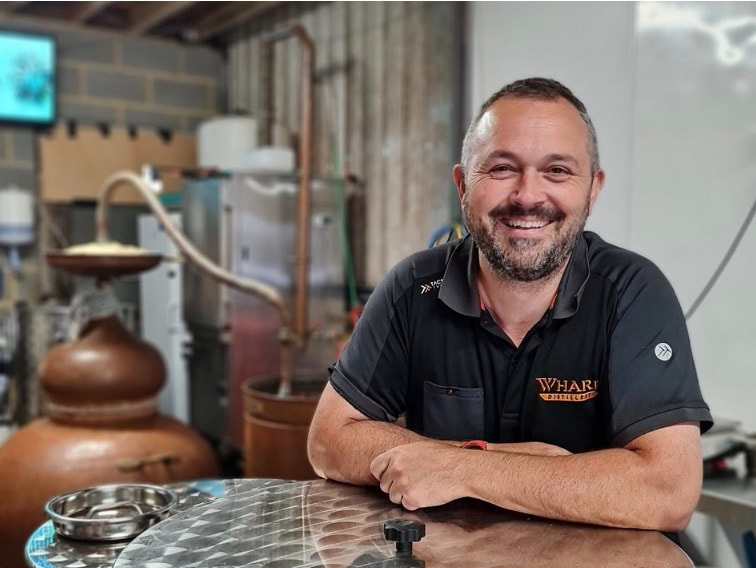
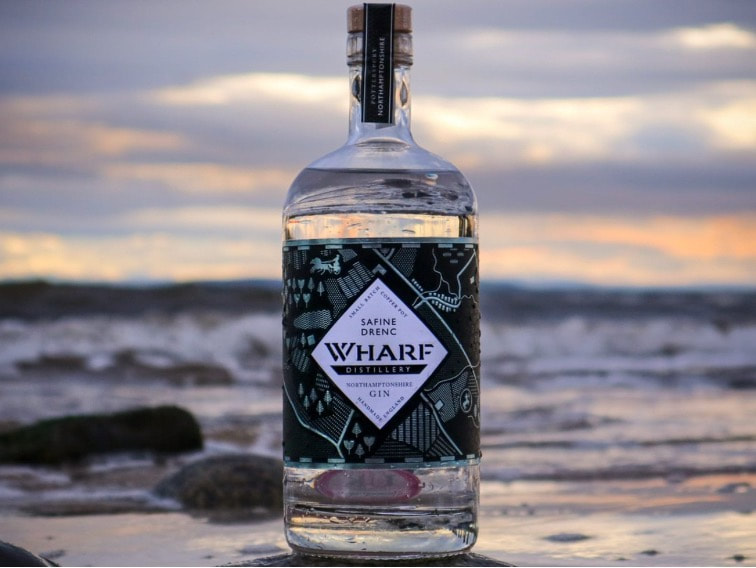
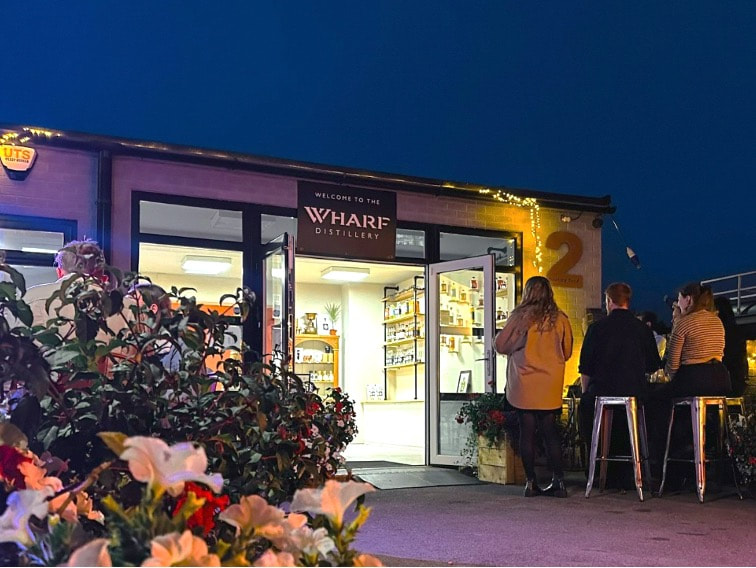
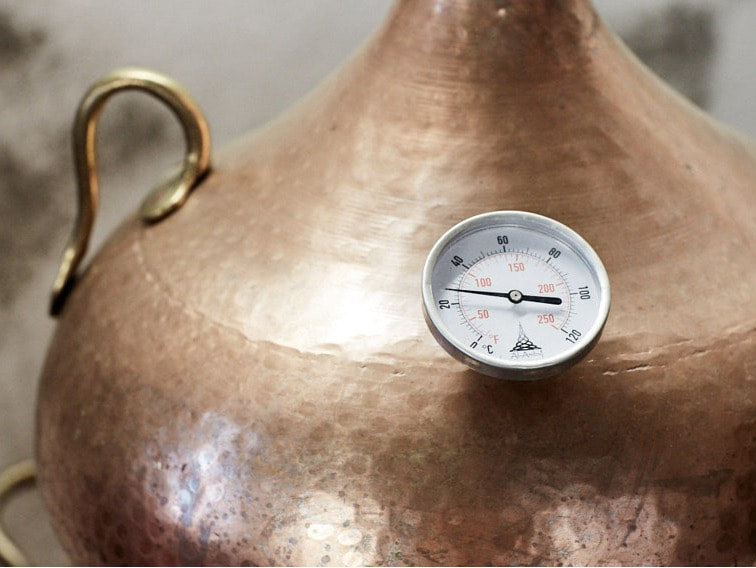
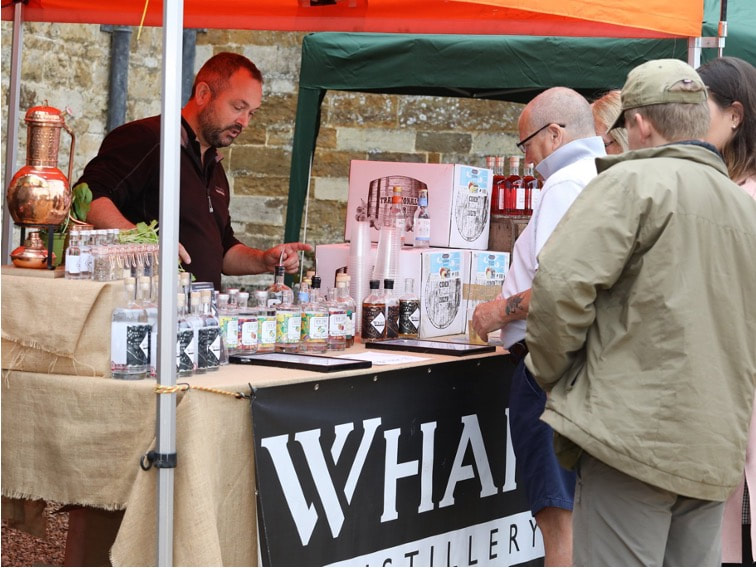
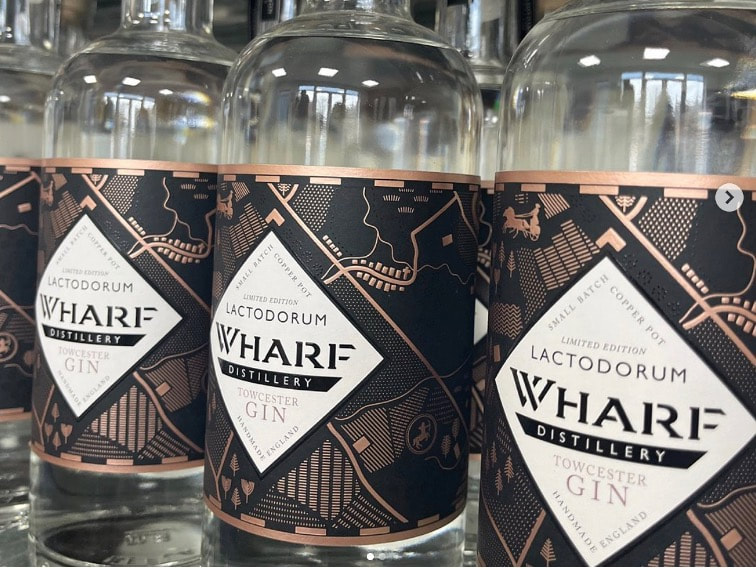
 RSS Feed
RSS Feed


